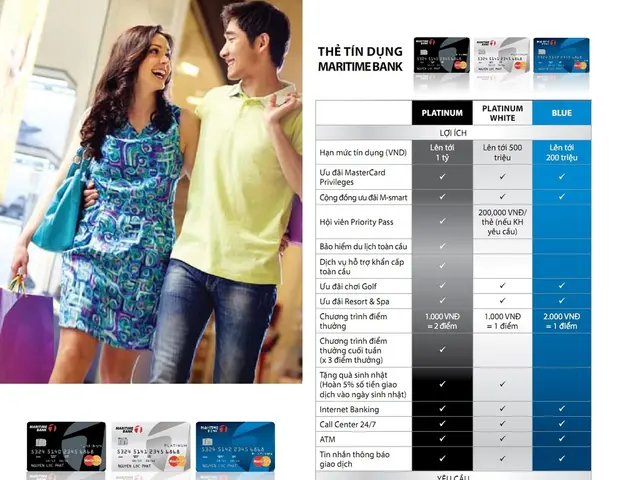Encouraging Creative Thinking and Self-Expression through the Reggio Emilia Methodology
Unleashing the Genius in Every Child: The Reggio Approach
Embrace the power within each kid, for they are more than empty vessels waiting to be filled. They are strong, curious, and brimming with potential - the embodiment of co-constructors of knowledge. This revolutionary educational philosophy, born in the heart of post-war Italy, is none other than the Reggio Emilia Approach, a philosophy that places the child at the epicenter of learning.
The Reggio Way of Life
Fostered by the brilliant mind of Loris Malaguzzi, this approach emphasizes creativity, collaboration, and the environment as the cornerstone of education. At its core lies the belief that children communicate and understand the world through "a hundred languages": movement, drawing, construction, conversation, dramatic play, and more.
Rather than imposing predetermined outcomes, Reggio-inspired spaces provide children with open materials and experiences. Encouraging them to follow their interests, ask questions, and develop their ideas over time, educators act as collaborators and observers, documenting the learning process and adding thought-provoking elements to fuel their creativity.
Brainpower Unleashed through Expression
Educational neuroscience eloquently validates the core principles of the Reggio approach, particularly the notion that creative activities like storytelling, role-play, and visual art help integrate cognitive, emotional, and motor development in early childhood. In her book Developing Thinking and Understanding in Young Children (Robson, 2019), Dr. Sue Robson elaborates on this perspective, asserting that "young children's play with materials is a form of thought."
Moreover, a research study conducted by the University of Cambridge discovered that teaching empathy through arts-based learning enhances children's creative abilities and fosters critical thinking, self-regulation, and emotional awareness. This research underscores the significance of child-guided exploration, a cornerstone value of the Reggio approach.
Artistic Playgrounds at the Children's Museum
The Children's Museum stands as a testament to Reggio Emilia's vision, offering materials and spaces that invite children to express, invent, and imagine in their unique ways.
Creating with Light
Immerse yourself in a dark room and use flashlights and moving lights to "paint" in mid-air. The exhibit captures long-exposure images, showcasing trails of color and movement. This exhibit is not just about creating images; it's about discovering how light interacts with time, space, and movement.
Symmetry and Perspective
Step into a mirror installation that allows children to explore symmetry, inversion, and kaleidoscopic effects. It's a visual playground that encourages abstract thinking through physical movement and observation. This exhibit introduces children to the principles of reflection and geometry in a fun and engaging way.
Building with Color
Construct large-scale mosaics using colored blocks or discs in our sensory-rich activity zone. This exhibit blends design, spatial reasoning, and artistic expression, allowing children to explore gradients, patterns, and rhythms.
The Art of Connection
Create intricate networks and designs using strips of fabric, yarn, and weaving looms. Some children make webs or bridges while others tell stories through layers of color and lines. These artworks often stimulate social interaction, fostering collaboration and reflection on what they're creating.
Role-playing and Social Narratives
Step into a Mini Mart and Garden Ville, where children can imitate adult roles, like stocking shelves, making change, cooking pretend meals, planting, watering, harvesting, and arranging. These spaces support imaginative storytelling, emotional development, and symbolic thought. In a world increasingly focused on outcomes and metrics, the Reggio philosophy reminds us to slow down and listen. It teaches us that children don't need to be pushed to learn; they need to be invited to express themselves. When we offer them time, space, and respect, they show us what they already know and what they're ready to explore next.
"100 languages" of children are not just poetic but practical tools for growth and development. Qualities like curiosity, creativity, and resilience blossom when children are given the freedom to express themselves in the myriad ways that suit their unique personalities. Encourage them, observe them, and marvel at the incredible beings they are becoming.
Sources:
[1] Reggio Children Official Website - https://reggiochildren.it/en/[2] Project Zero - Visible Thinking at Harvard - https://dln.harvard.edu/pz[3] The Hundred Languages of Children - Overview of the Reggio Emilia Approach - https://www.reggiochildren.it/en/resources/the-hundred-languages-of-children[4] Creativity in Early Childhood - Cambridge bibliography on creativity and learning - https://www.cambridge.org/core/journals/creativity-in-early-childhood/main[5] Art and Brain Development - Frontiers in Psychology - https://www.frontiersin.org/research-topics/2007/creativity-and-imagination[6] Zanetti, M., et al. (2018). "Evaluation of the Reggio Approach to Early Education". - https://arxiv.org/abs/1804.06235
In the Reggio Emilia approach, children's "100 languages" of expression, including art, storytelling, and play, are harnessed for integrated cognitive, emotional, and motor development.Encouraging child-guided exploration, educators act as collaborators and observers in the Reggio-inspired spaces, Documenting the learning process and adding thought-provoking elements to fuel creativity.








